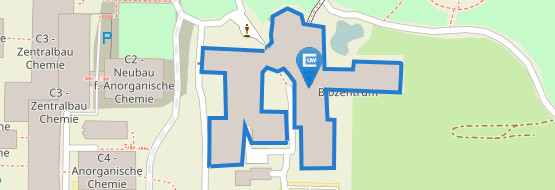Eliminating the partners of cancer
01/31/2023
Elmar Wolf has been on the hunt for new therapies for a type of pancreatic cancer and has been awarded a two million euro ERC Consolidator Grant for this.
more

















